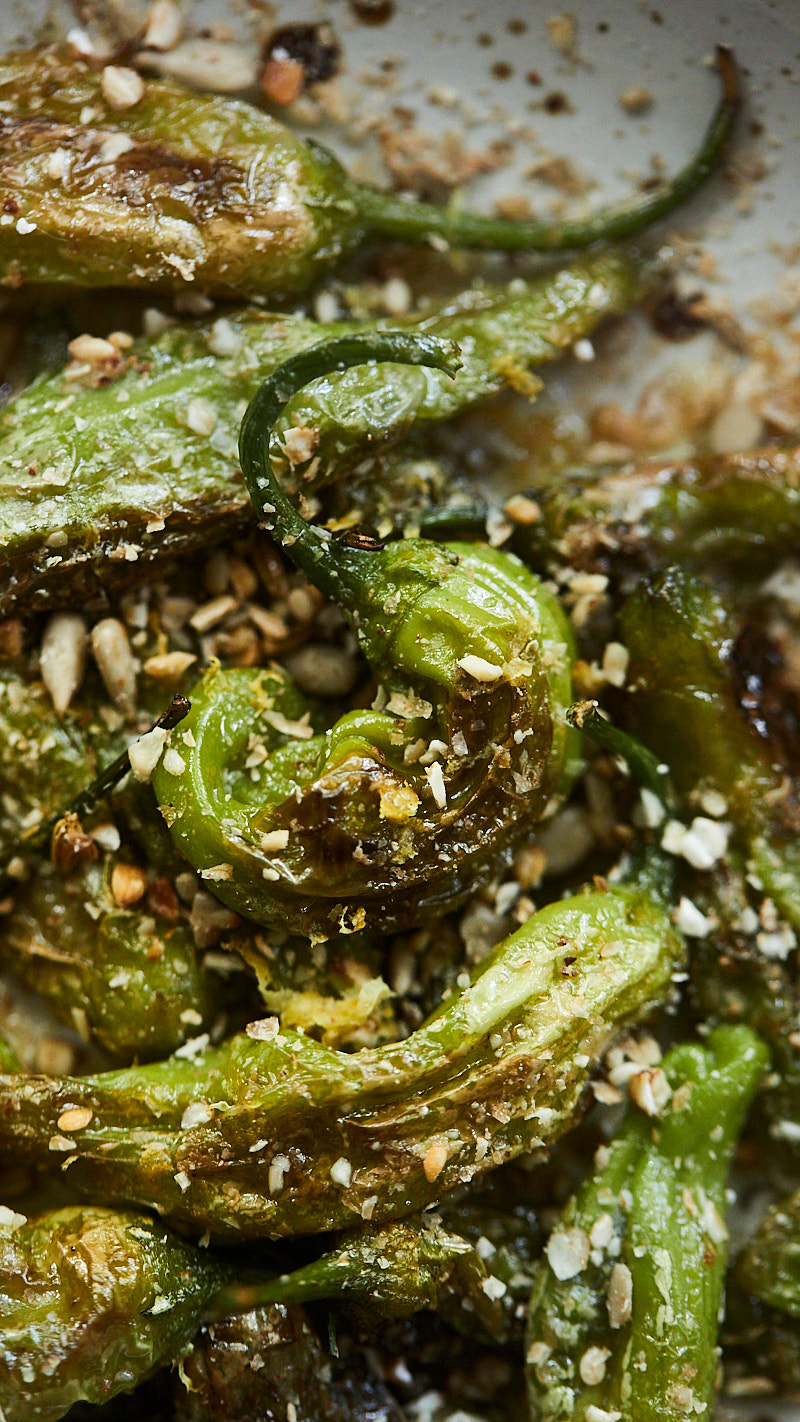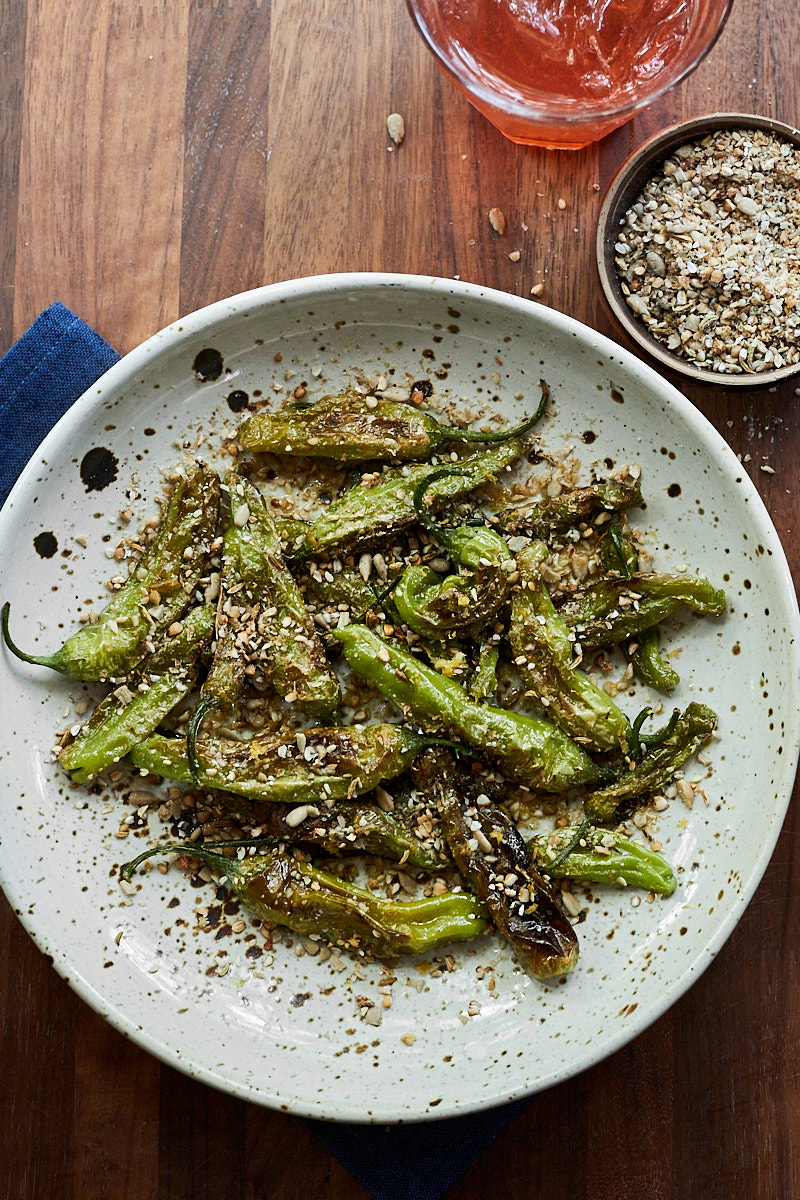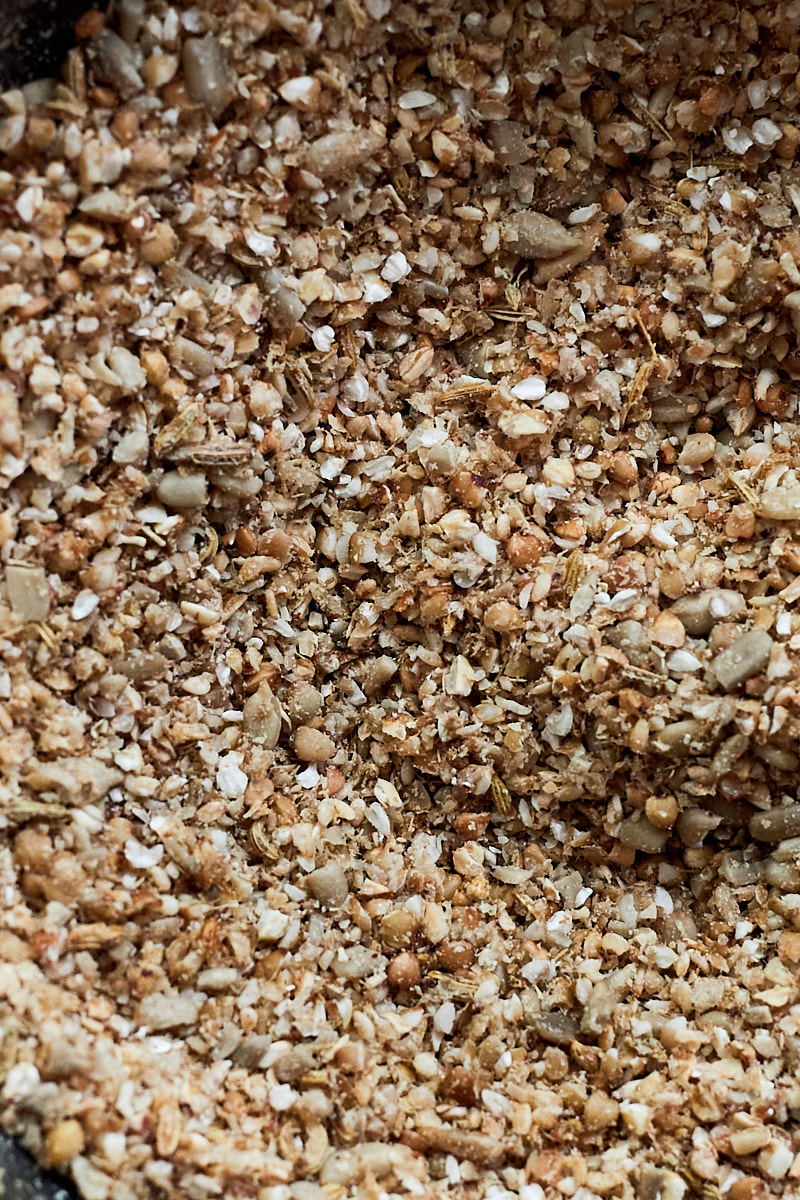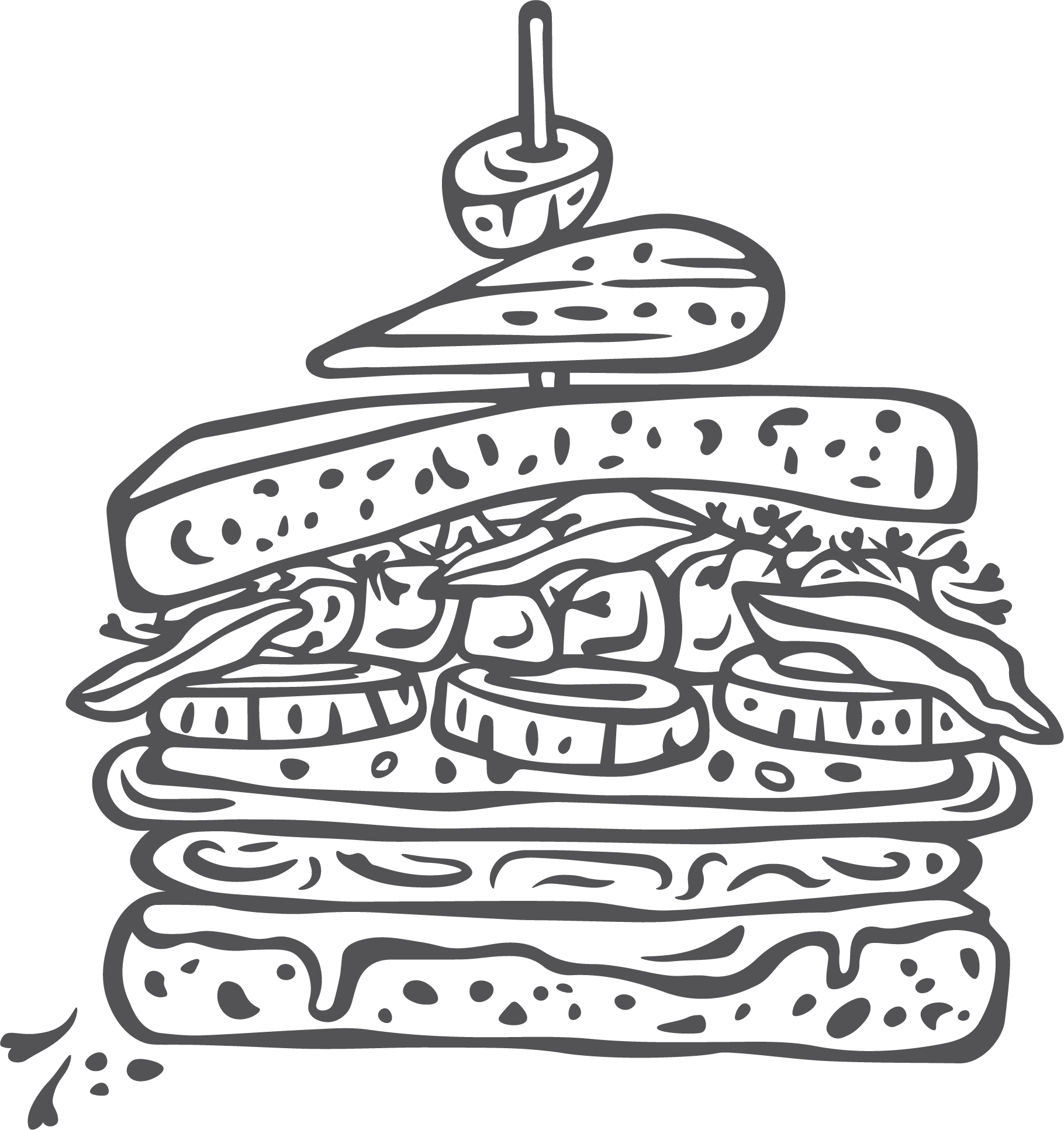While blistered shishito peppers seemingly peaked in 2017, these small snacking peppers will always have a place in my kitchen. They are fun to eat, an easy canvas for flavor exploration, and a pure joy to grow (compared to all the other peppers I'm so patiently waiting to deepen in color).

When I grill out in the summer, I like to have something small as an appetizer while I finish dinner. Blistered shishitos cook in no time and make for a perfect light bite. Plus, as a person who adores gardening and snacking, the thrill of combining the two is top-notch.
As with most sweet peppers, shishitos have a mild, grassy flavor. The flavor only increases slightly upon cooking. While the peppers are delicious when cooked with just a bit of olive oil and pepper, the mild flavor works well with herbs and spices.
If you read any article about shishitos, there's a good chance the author will mention the roulette of heat this pepper provides. It's true that occasionally, you get one with a bit of heat; however, it's a relatively easy and fast number. Flavor and heat levels are dependent on many things.
While scientists study the number of seeds in relation to heat, ask a gardener who has grown shishito plants, and they'll tell you it's sunshine hours, heat, and water stress. As a grower in the Sacramento Valley of California, I can attest that this feels quite true. Peppers earlier in the season have a much lower percentage of kick compared to later in the season, where peppers have endured many 100˚F days and endless sunshine. Some of the late-season peppers bring surprise tears to my eyes.
Nevertheless, you can almost be assured that a game called 'Pick the Hot Pepper' will be played!

When cooking simple things, technique becomes essential—there's no place to hide! I've tried some standard methods for cooking shishitos, and I wanted to explain why I don't use them.
Many call for prepping the peppers with a small hole before cooking. The hole allows moisture to vent from the pepper. Venting has two impacts on the final dish. Venting helps the pepper maintain shape while cooking instead of inflating and potentially popping. The release of moisture also makes for a slightly drier bite.
I don't poke a hole because I prefer to lock in as much moisture as I can—there's flavor in that! And I don't mind a more succulent bite, even if we are talking about small peppers! I recommend trying a few with and without a hole poked and see which you prefer.
Another method that's come up occasionally is to coat the peppers in oil instead of the pan. The reasoning is to coat all the nooks and crannies and to prevent oil sputtering. Coating the peppers in oil does achieve.
However, it creates uneven cooking. When the oil is in the pan, the hot oil comes in contact all over the pepper, even in the nooks, as long as you're using enough. It's a slight difference, but enough to stand by the oil in the pan and deal with the sputtering!
You can make blistered shishitos in many different ways. If I'm grilling out or making pizza, I'll cook the shishitos as a pre-dinner snack. Grilling is the only time I'll precoat the shishitos in oil before adding them to a grill basket. If using a pizza oven, I like to preheat a cast iron skillet and add the peppers and oil.
If cooking inside, use a skillet on the stovetop according to the instructions below. You can also use a broiler, similar to the pizza oven. Preheat a cast iron skillet under the broiler and add the shishitos.



